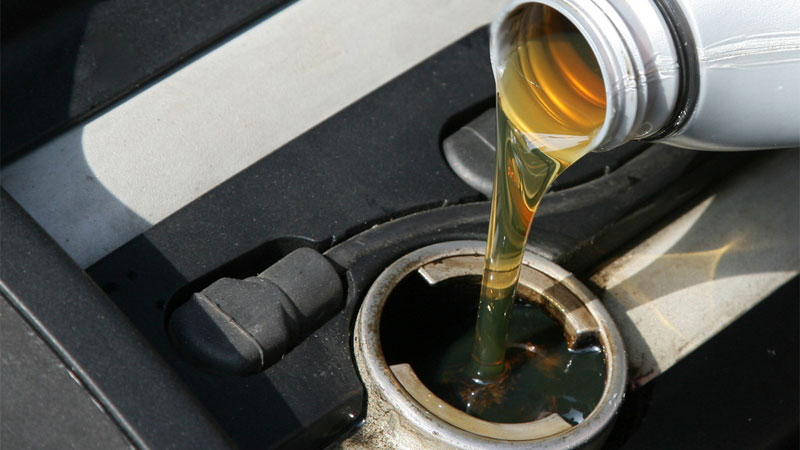If you’re getting ready to change your car’s engine oil yourself, you need to choose the right motor oil weight based on its viscosity.
Viscosity represents the internal friction of a fluid or a gas — thick fluids have a higher viscosity and thin fluids have a lower viscosity.
API Labeling
Thanks to standards put in place by the American Petroleum Institute and endorsed by America’s automakers, the Japan Automobile Manufacturers Association, and the Engine Manufacturers Association, there is a great deal of uniformity when it comes to choosing motor oil.
You can find API engine oil quality marks on every can of motor oil featuring both a service symbol “donut” and a certification market “starburst” to help consumers decode motor oil weights. [1]
The starburst simply tells consumers what the oil is used for. It will either state “for gasoline engines” or “for diesel engines” leaving the “donut” information for decoding.
Motor Oil Weights
Motor oil weights are published with two numbers separated by a dash. The first number is always followed by a “W” to represent winter. At lower temperatures, motor oil must resist thickening otherwise it will not be able to flow properly to coat all the moving parts.
For example, thick oil will make it harder to start your engine at 0 degrees Fahrenheit. The lower the first number, the thinner oil it is at lower temperatures. [2] Thus, if the number is 5, then its viscosity is better designed to handle cold weather then one with a 10 rating. For winter driving, many cars use 5W-20 or 5W-30 motor oil.
The second number defines oil’s viscosity at temperatures of 212 degrees Fahrenheit, which is the boiling point for water. The higher the second number, the thicker the motor oil is, which is ideal for summer driving. Most summer oils are rated at “40” or “50” and sold as 10W-40 or 20W-50.
Read Also – Why Is There Oil on My Spark Plugs?
Manufacturer Recommendations
So, which motor oil should you choose for your car? That answer is easy: whatever the manufacturer recommends.
Manufacturers will typically provide a range of motor oils to use including one that may be recommended for hot weather and another that is recommended for cold weather. By following manufacturer recommendations you can ensure that your engine is properly lubricated to limit engine wear, to perform optimally and to consume less fuel.
References
- American Petroleum Institute: About Engine Oil
- Popular Mechanics: How To Pick The Right Motor Oil For Your Car; Paul Weissler; August 1, 2002
- 2024 Mazda CX-50: A Compact SUV with Premium Aspirations - Apr 15, 2024
- 2024 Ford Mustang (Iconic Pony Car Evolves) - Apr 4, 2024
- 2024 Ford Maverick (Looks Like a Truck, Drives Like a Car) - Mar 28, 2024



